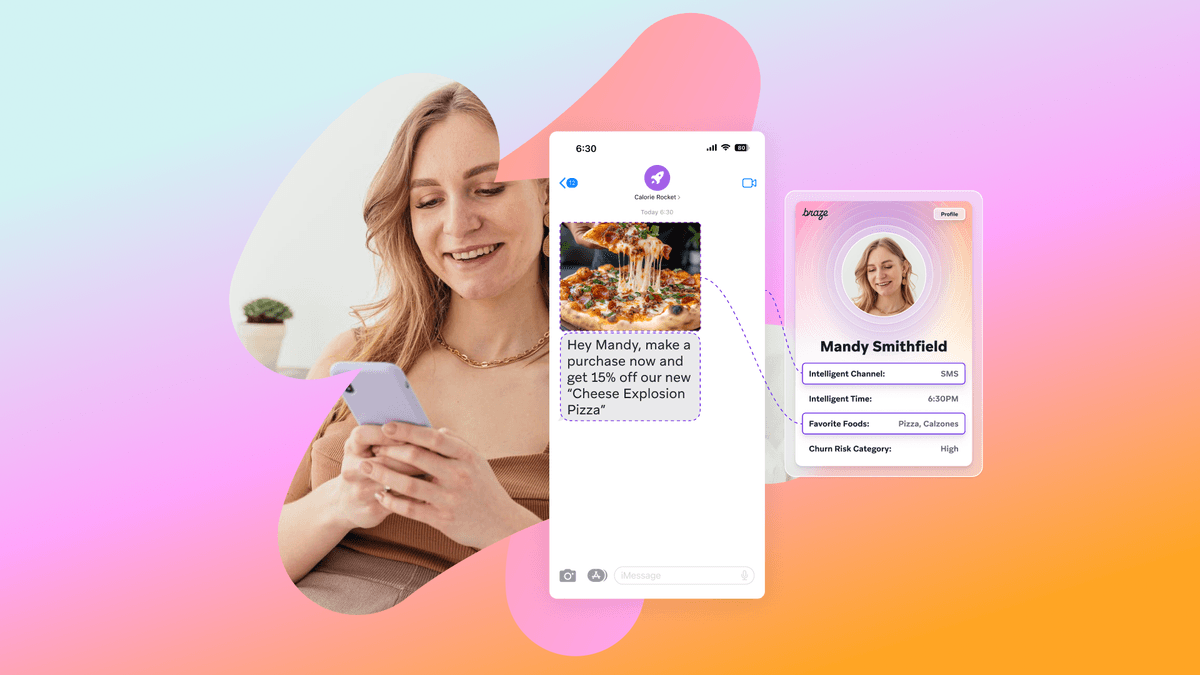The Era of Digital Reset
Published on August 05, 2020/Last edited on August 05, 2020/6 min read


Steven Moy
Global CEO, BarbarianWe’ve all heard about the drastic impact that this global pandemic has had on consumers, as well as the major changes it has driven across industries—from education and grocery brands to hospitality and sports. What COVID-19 has done is accelerate technology adoption, while also bringing home the clear need for a complete digital reset.
It’s something that plenty of companies have talked about over the past decade, but now they have no choice but to make that talk a reality in order to survive and thrive in today’s challenging landscape. With many consumers still in lockdown and many more hesitant to return to the in-person shopping situations that once defined the business landscape, brands are facing an urgent need to evaluate new ways to implement digitally-enabled communication, engagement, and ecommerce solutions that are able to reach and build loyalty among a wider breadth of consumers.
“Digital Reset” Requires Destruction
In the creative industry, we believe that each new creation begins as an act of destruction. This need to undo the old before you can move on with the new is just as true when it comes to a digital reset, which will require many brands to take apart their existing business model in order to service your customers effectively in this new world. One of the biggest aspects of this pull-apart/put-together dynamic is your brand’s marketing technology structure, which needs to be an agile, flexible engine of engagement, now more than ever.
The rise of direct-to-consumer (DTC) brands in recent years has done a lot to remind heritage brands that their purpose and their brand expression at every relevant customer touchpoint—including retailer and other third-party partners—really matters. DTC brands have been much quicker to use data and technology to target moments with each individual customer journey where personalized brand experiences can have a substantial impact; in fact, research has shown that these companies are 730% more likely to trigger messages based on user actions, compared to non-DTC brands.
These purpose-driven paradigm shifts have dismantled the traditional retail model, which was originally designed for a linear “set and forget” approach based around advertising products that customers see and then come purchase at retail stores. COVID-19 accelerated the collapse of these shaky retail models to such a degree that bankruptcy news from big box retailers has now become a frequent headline. Furthermore, in our era of Digital Reset, the new stay-at-home consumer has become many brands’ primary target segment. Now is the ideal opportunity for them to unlearn everything they know about their customers and combine analytics and customer data to reimagine the online-to-offline (O2O) transition, as well as the physical aspects of their business strategy.
We’re already seeing many striking examples of business model innovation coming out of this pandemic. For instance, a number of restaurants pivoted to use their surplus supply of ingredients to allow customers to order fresh vegetables, meat, wine, and beer for pick-up alongside traditional food orders. Gyms and fitness brands have launched live-streamed classes and even acquired at-home fitness technology to help stay-at-home customers keep active and healthy. Some large pharmacies expanded their delivery offerings to make it possible to deliver medication straight to their customers’ doors. Even luxury brands that have traditionally depended heavily on physical interaction are now tripling down on digital transformation.
These major, pandemic-driven shifts illustrate that when businesses are truly tuned into their customers’ needs and behaviors, and willing to deconstruct their current business model, it’s possible to bring to life innovative and effective solutions in a matter of weeks.
Begin Your Reset By Starting Small and Thinking Big
Start this process for your company by assembling your two-pizza team; that is, a small, cross-functional group empowered to bring innovative thinking to your brand’s overall business model. Organizations that have long-term growth and success in mind will already have invested in building out a team of this sort, and that’s true even for the largest heritage brands.
Western companies can take some additional learnings from the Chinese digital transformation playbook. In recent years, we’ve seen Alibaba pioneer live-streaming as a new form of social commerce by shortening the path between influencers and commerce and driving the Singles Day shopping festival to a one-day sales record of over $38 billion on November 11, 2019; that’s more than 2.5x the combined US sales for last years’ Black Friday and Cyber Monday. At the same time, we’ve seen Wechat successfully shift much of China to an increasingly cashless society by building an innovative digital wallet inside their social platform that has grown into a defining pillar of the Chinese internet.
Embrace the Unknown with Experimentation
All of us are facing a larger cultural and economic reset as a result of COVID-19. And as this reset comes to fruition, brands that want to be able to return to full speed and speak effectively to their customers in this changed world need to embrace technology and creativity in tandem in order to win the day.
The need for smart, ongoing experimentation has never been clearer—or more critical. Brands must find new ways to reach consumers in a stressful, cluttered digital environment, and the first step toward reaching that goal means not being afraid to explore new channels, mediums, and touchpoints. Whether that’s live-streaming, AR experiences, or web push notifications, brands need to embrace the many tools at their disposal to reach the stay-at-home consumer. Second, they need to ensure that their approach to customer engagement is consistent, coordinated, and compelling. While mobile and digital engagement skyrockets, brands must embrace a true cross-channel messaging strategy that can be deployed across their ecosystem and personalized for every customer in order to meet the challenges of today.
Change can be difficult, but it’s inevitable—and brands that embrace the change needed to meet our current challenges will be well-positioned to thrive going forward. Finding the right partner to guide your brand through your transformation will be key. At Barbarian, it’s our job to know what’s new and next when it comes to creativity and digital transformation. We build nimble teams to provide bold, creative solutions at speed, designed to level up your brand’s entire digital ecosystem. So be mindful of our ever-changing world and start thinking about how you can build and leverage the infrastructure you need to adapt to and navigate our increasingly customer-centric future.
Related Tags
Be Absolutely Engaging.™
Sign up for regular updates from Braze.
Related Content
View the Blog
How Android 16 and iOS 26 are reshaping customer engagement

Haley Trost

Introducing OfferFit by Braze: Answering burning questions

Matt Kreisher

Personalized content: Strategies for delivering 1:1 experiences at scale
